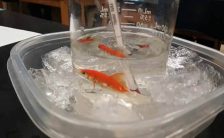Tag: water
-
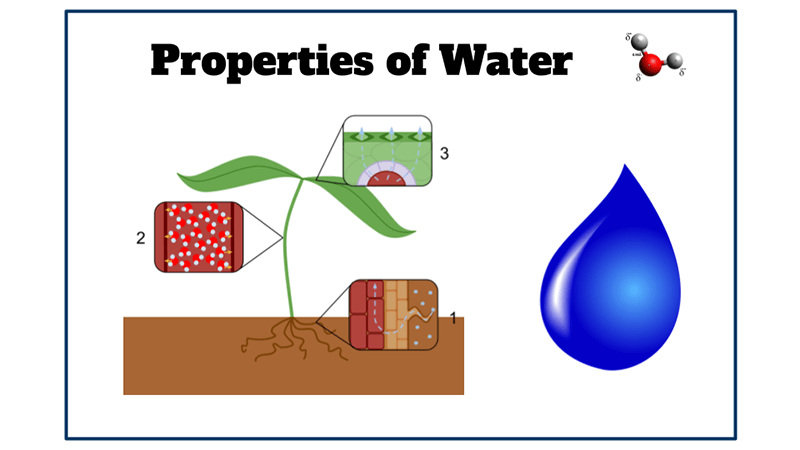
Investigation: Properties of Water with Lab Stations
Lab station activity that explores the properties of water, such as cohesion, adhesion, polarity, and surface tension. Students complete tasks at each stations and summarize observations.
-
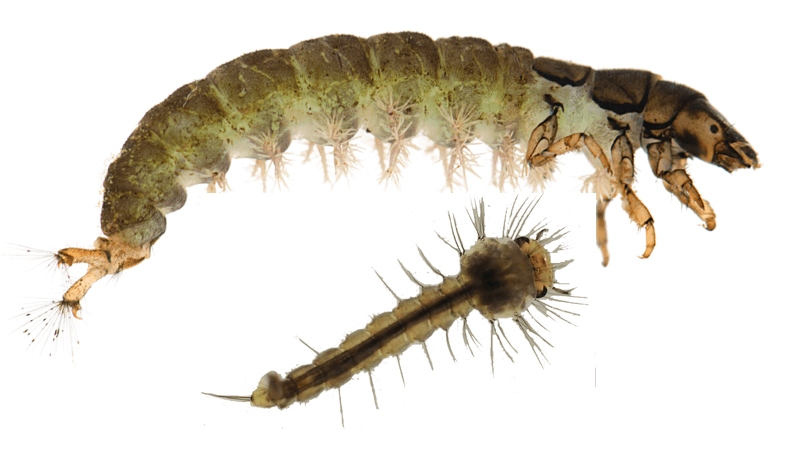
Case Study – How Human Activities Affect Water Quality
Use the data to determine where a river is most polluted, and determine what factors affect the composition of the water, like locations near towns or farms.
-
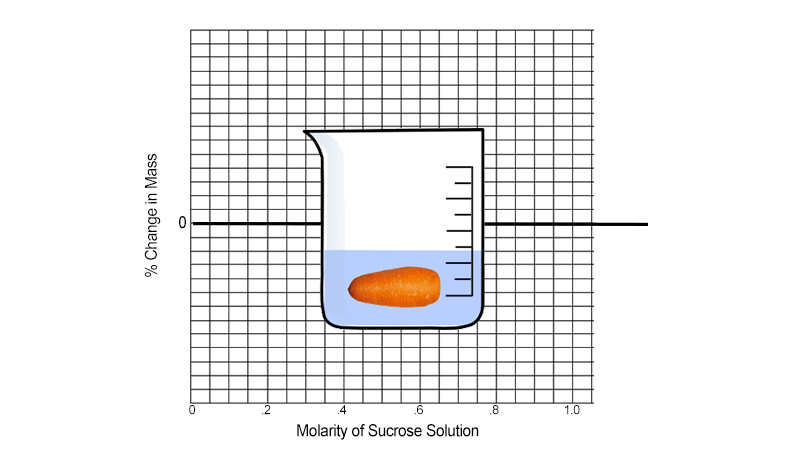
Investigation: Water Potential and Carrot Molarity
Determine the molarity of baby carrots by soaking them overnight in different solutions. The point at which the carrot does not change mass is the molarity.
-
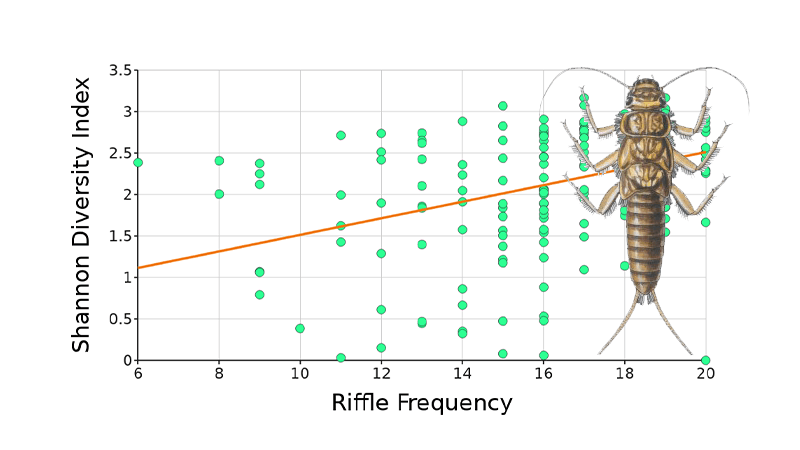
Measuring Water Quality with Biodiversity
Students manipulate data to show how water quality and stream diversity are connected. Dataclassroom is used to analyze data sets and complete a CER.
-
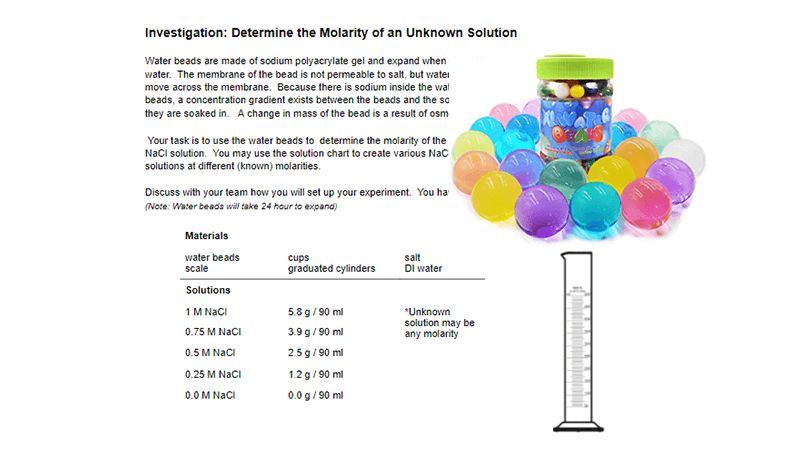
Investigation: Determine Molarity of Unknown Solution
Students determine the mass of water beads after soaking them in solutions. They use the change in mass to determine the molarity.
-
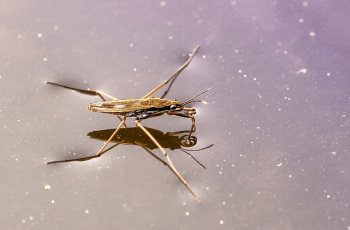
Investigation: How Does a Water Strider Stay Afloat?
This lab was modified from the “Penny Lab” to focus more on the properties of water and how surface tension is important for aquatic organisms like the water strider. The instructions were designed for an intro (vocational) biology class that only meets for a semester.
-
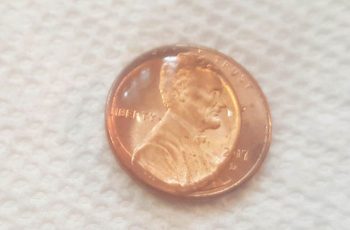
Penny Lab: Soap and Surface Tension
Most science classes begin the year with an exercise on the scientific method. It can be difficult to plan a short activity that will reinforce the main ideas of developing and testing a hypothesis. This lab is simple and doesn’t require much in the way of materials: pennies, water, and pipettes (and paper towels for…
-
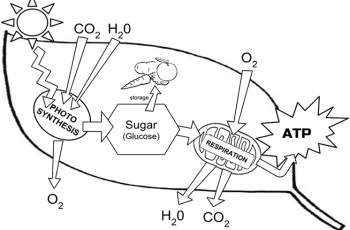
Photosynthesis Coloring
Students read short text passages and then color images to help them relate the textual information with the graphic.
-
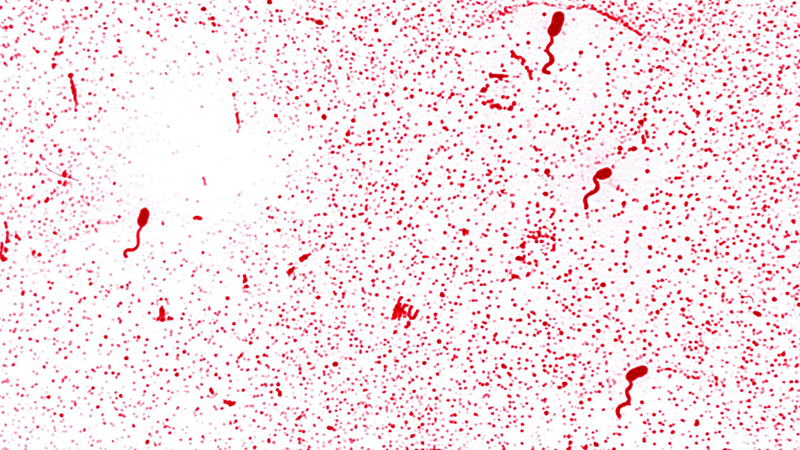
Case Study: How to Survive a Cholera Epidemic
In this case, students explore how cholera is spread and how it affects the body. The case is divided into four sections, with the first part focusing on the role of clean water supplies and the spread of bacteria. In the second part, the affects of the bacteria are examined, with attention on how the…
-
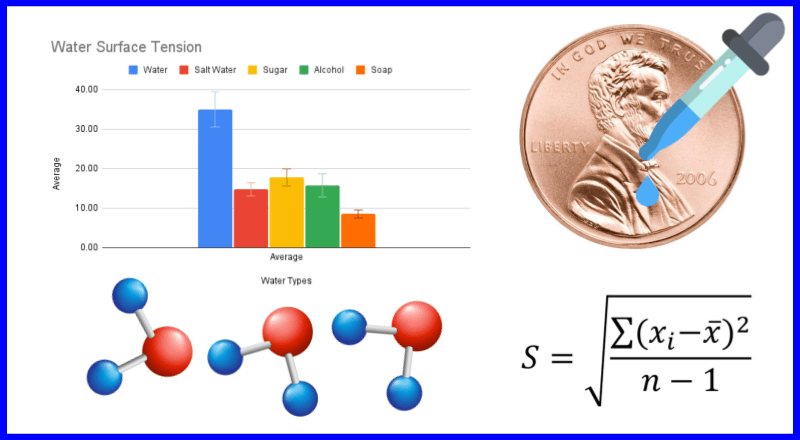
Investigation: Properties of Water (with Stats)
This investigation asks students to review the properties of water as they relate to life, usually a topic covered in the first or second chapter of most biology textbooks. Students then perform an experiment where they test the number of drops that can be placed on penny and compare that test to drops that…
-

Case Study: John Snow and the Origin of Epidemiology
This case study explores a time before the Germ Theory when doctors were uncertain how disease was spread. Current models, such as the humoral or miasma model could not fully explain how cholera infected some households, but not others. This case story explores London, England in 1854 after an outbreak of cholera which had…
-
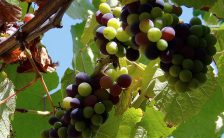
Investigation: How Much Water Is In a Plant?
Students compare the amount of water in three types of plants: a root (carrot), a fruit (grape) and a leaf by weighing samples and dehydrating them overnight.


